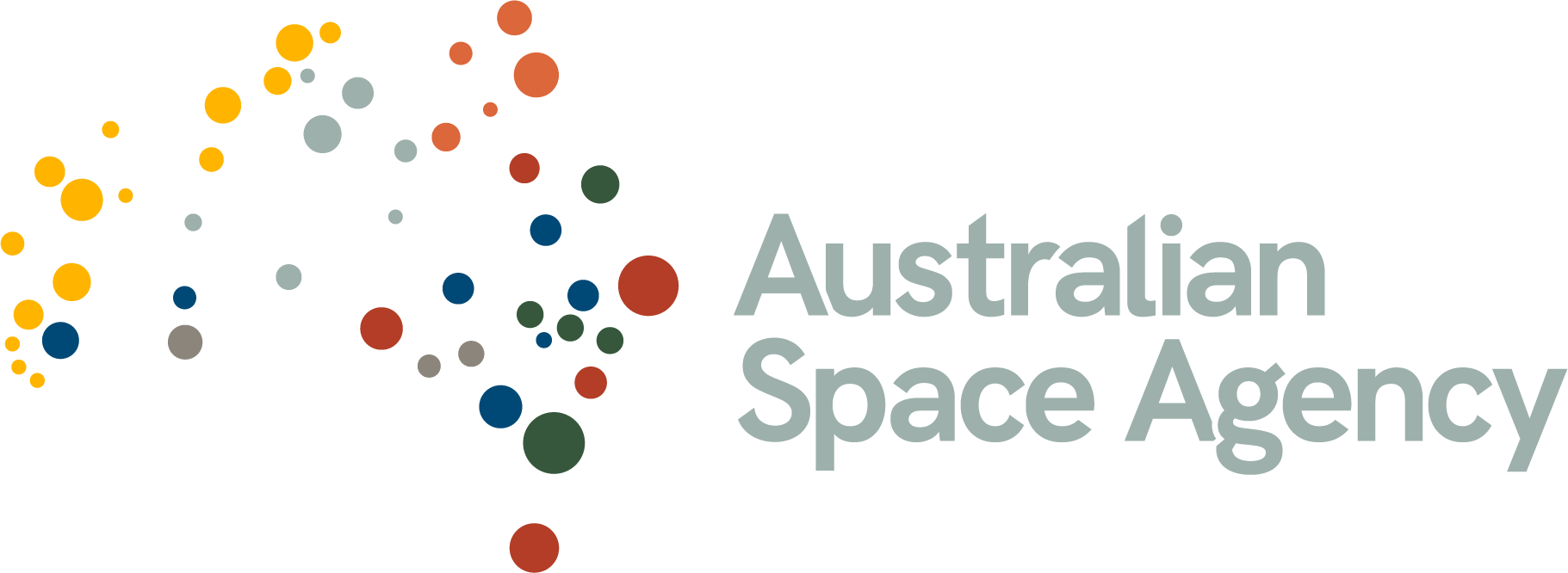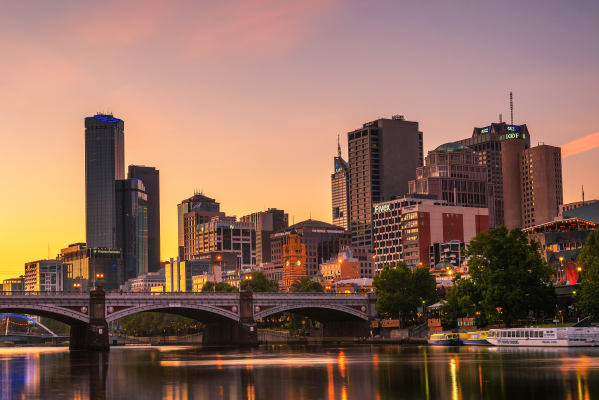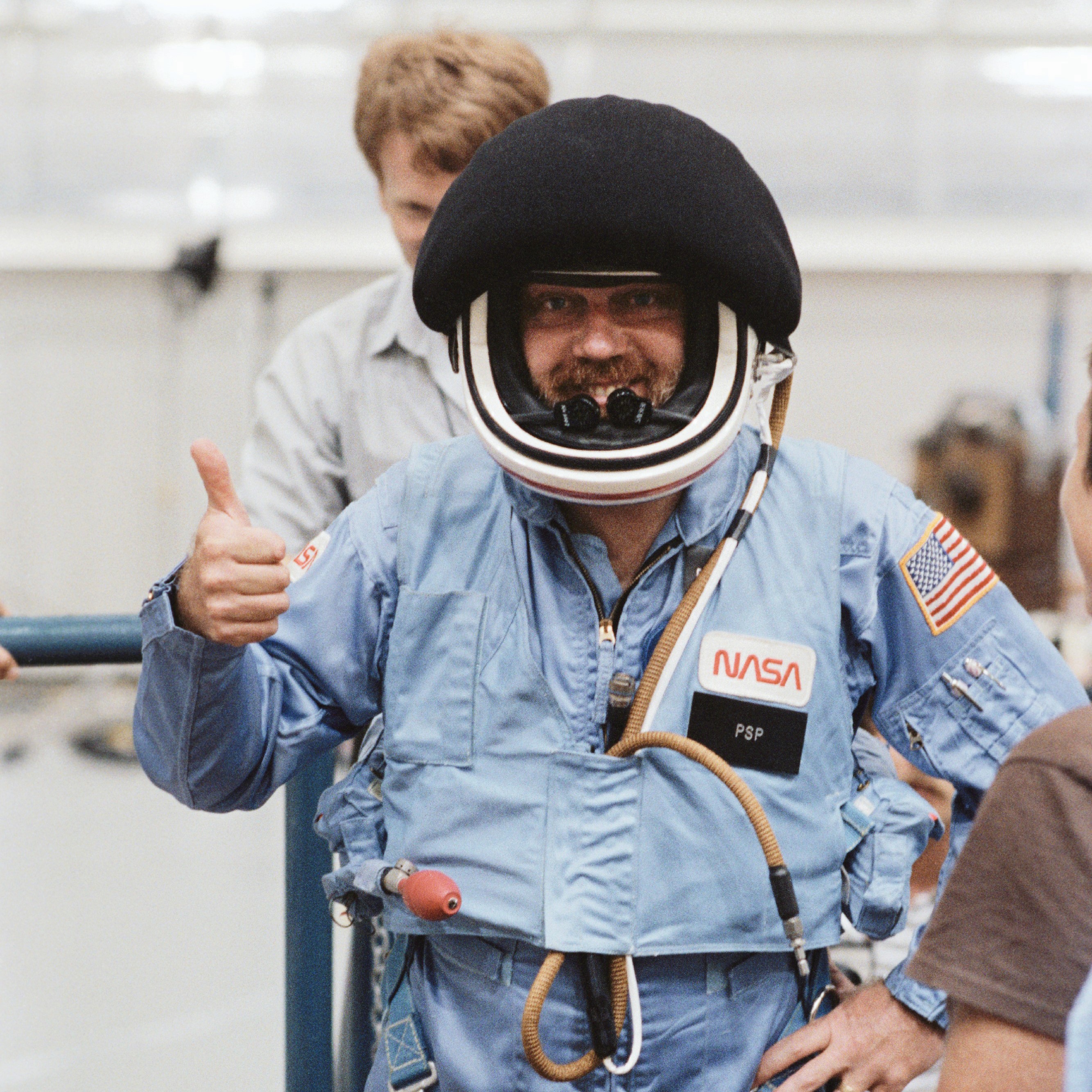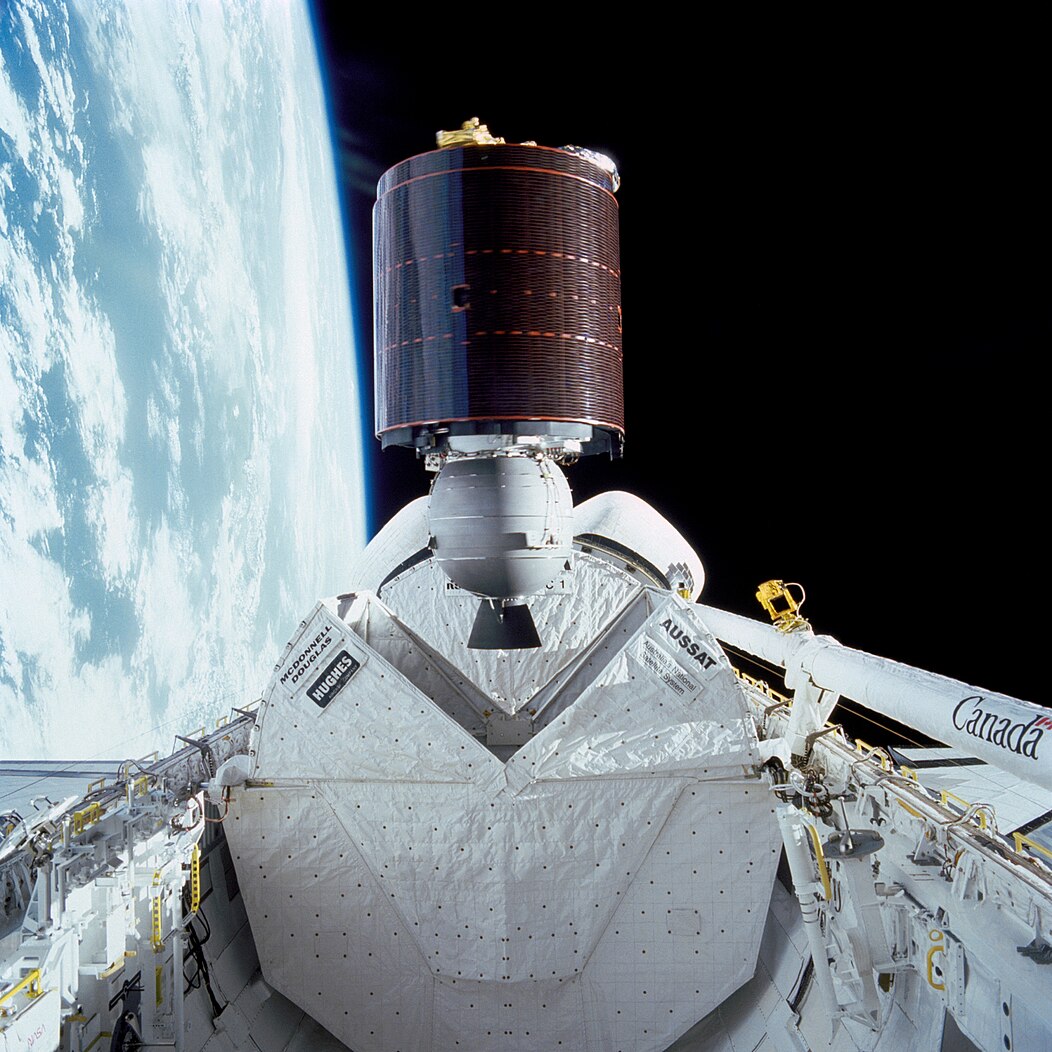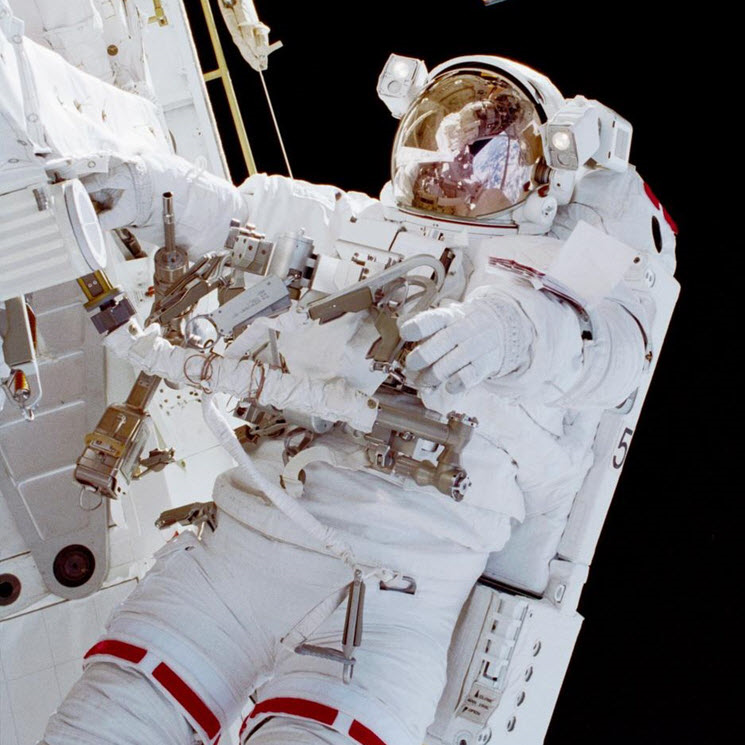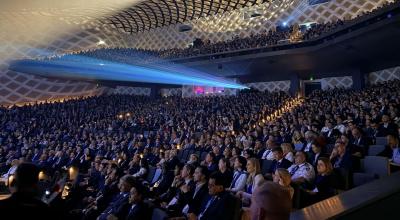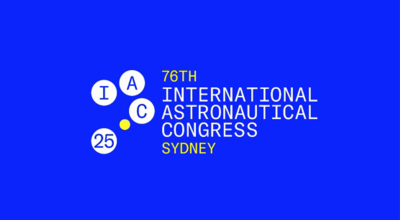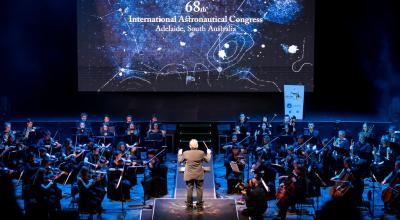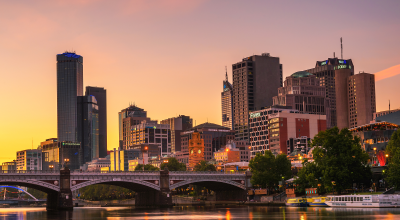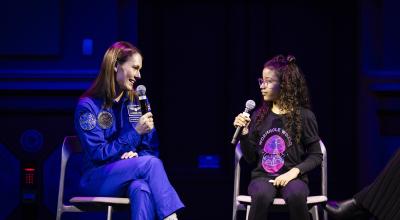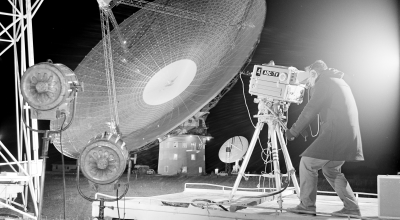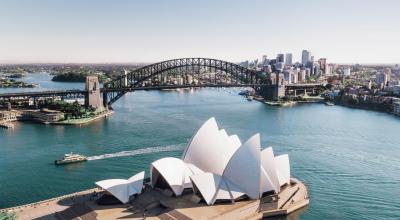By the 1980s, Australia's early contributions to space paved the way for numerous new partnerships, scientific collaborations, and space explorations.
The new round of space development even included the CSIRO’s Office of Space Science and Applications and the Australian Space Office working together to expand the Australian space sector before the turn of the millennium.
In 1998, this momentum culminated in Melbourne as the city hosted Australia's first International Astronautical Congress (IAC), the world's largest space event.
The 49th edition of the Congress provided the global space community a first-hand experience of the type of ingenuity that Aussies bring to the space sector.
As the world counts down to the next IAC in Sydney this September, let's revisit some key Australian space milestones from the 1980s to the early 2000s.
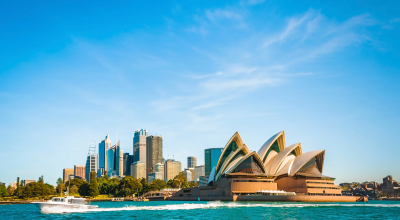
Don't miss out | IAC 2025
Register to be part of the world’s largest space event in Sydney this September.
The first Australian goes to space
Factbox #1
The first Australian goes to space
In October 1984, Dr Paul Scully-Power became the first Australian-born person to make a spaceflight. He was a Payload Specialist aboard Space Shuttle mission STS 41G.
- In October 1980, the Great Barrier Reef was given World Heritage status.
- The 1982 Commonwealth Games were held in Brisbane. The event’s opening ceremony is fondly remembered for the appearance of Matilda, a 13-meter mechanical kangaroo.
Connecting Australia
Factbox #2
Connecting Australia
The nation became an early adopter of satellites for domestic communications with three AUSSAT satellites launched in the 1980s and a second generation in the following decade. These satellites revolutionised communications across outback Australia.
- SBS Television began its full-time transmission in 1980.
- In September 1983, Australia II won the America’s Cup, ending the United States’ 132-year winning streak.
- In 1984, Advance Australia Fair became Australia’s official national anthem.
Innovative space applications
Factbox #3
Innovative space applications
Between 1990 and the early 2000s, Australia contributed components for instruments flown on three European remote sensing satellites. In addition, the Endeavour Space Telescope flew twice aboard the iconic US Space Shuttle, demonstrating an advanced ultra-violet detector.
- In 1987, Australia’s population ticked past 16 million.
- World Expo 88 was held in Brisbane.
- In 1990, AARNET was established by the CSIRO and the Australian Vice-Chancellors' Committee marking the beginning of the Internet in Australia.
First Australian to walk in space
Factbox #4
First Australian to walk in space
Selected as an astronaut in 1992, Dr Andrew "Andy" Thomas became the first Australian-born NASA Mission Specialist. Between 1996 and 2005, he made four spaceflights, which spanned over 177 days in space. His second mission involved a 140-day stay on the Mir space station. On his third mission in 2001, the Aussie astronaut made a six-and-a-half-hour spacewalk.
- In 1992, the historic Mabo decision recognised native title to land in Australia.
- 1992 was also designated as the International Space Year (ISY). To mark the occasion, Australia issued commemorative stamps and a $5 ISY coin.
Centenary celebrations in space
Factbox #5
Centenary celebrations in space
To mark 100 years of the Federation of Australia, a technology demonstrator satellite, FedSat, was developed by the Co-operative Research Centre for Satellite Systems along with industry and university partners. Launched by Japan in December 2002, the spacecraft carried six payloads provided by Australian and international partners.
- October 1994 marked the start of Channel 31 – Australia's first community TV station.
- The Australian Parliament passed the Native Title Act Amendment Bill 1998.
- Australia hosted the iconic 2000 Olympic Games.

Don't miss out | IAC 2025
Register to be part of the world’s leading space event in Sydney this September.
This article was co-authored by Kerrie Dougherty OAM.
Kerrie works at the Australian Space Agency's Space Policy branch as a Senior Heritage and Outreach Officer.
Main image credit: Nick Fox, stock.adobe.com
